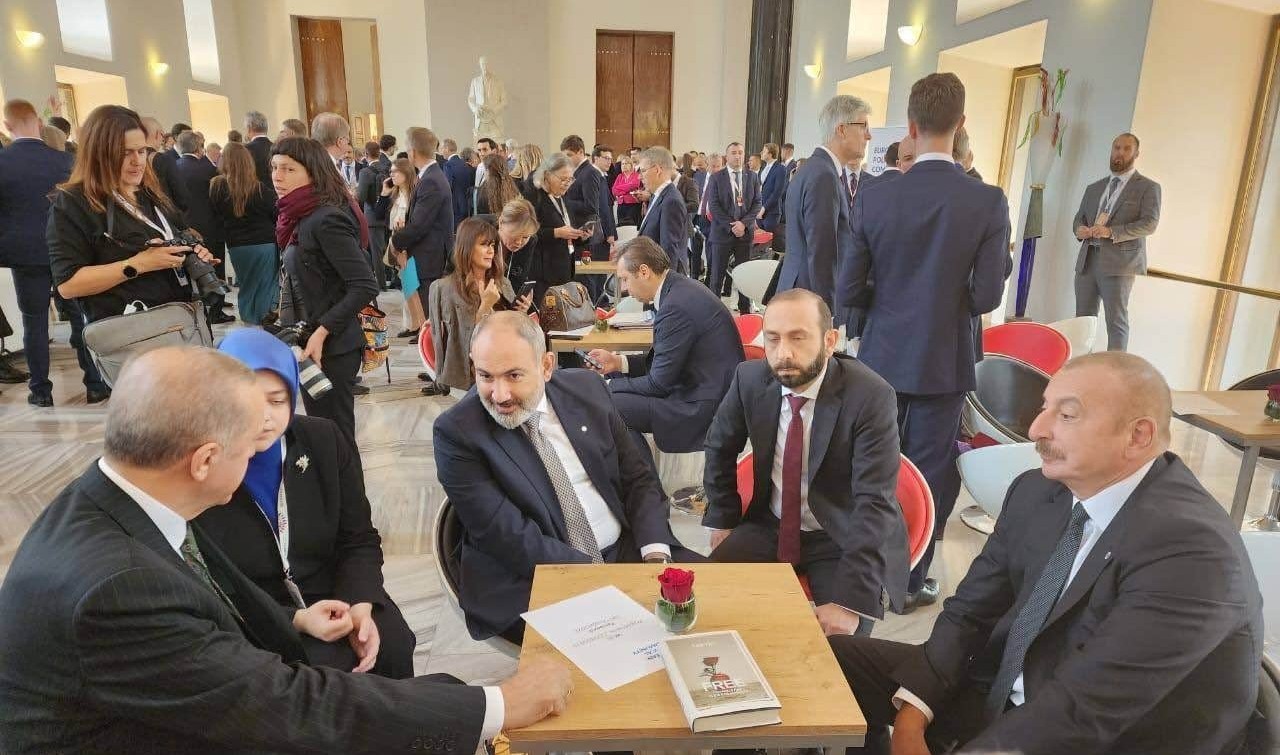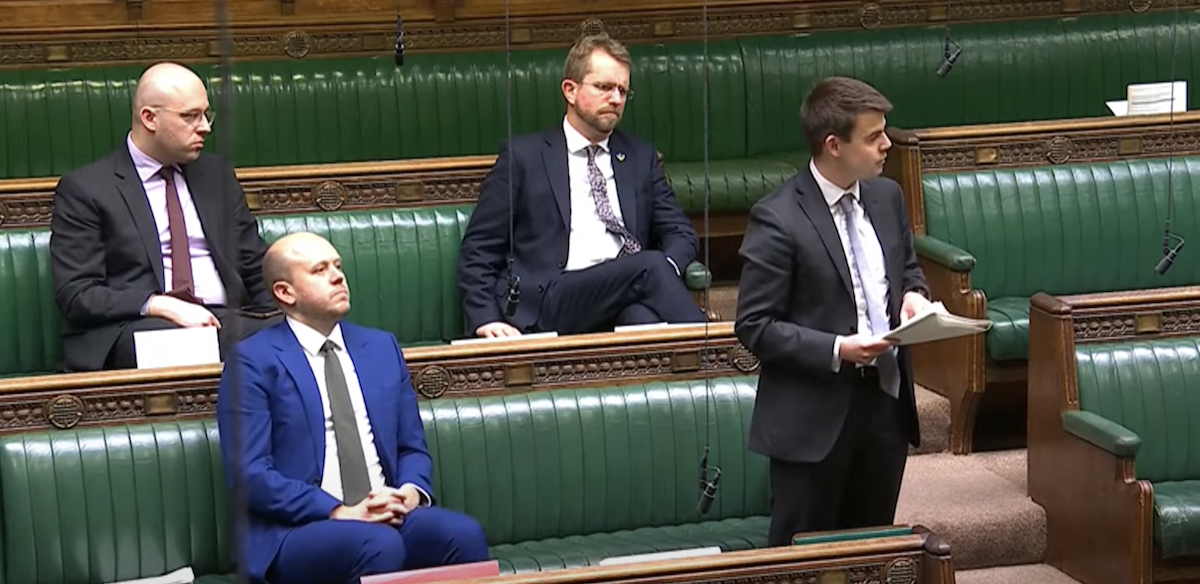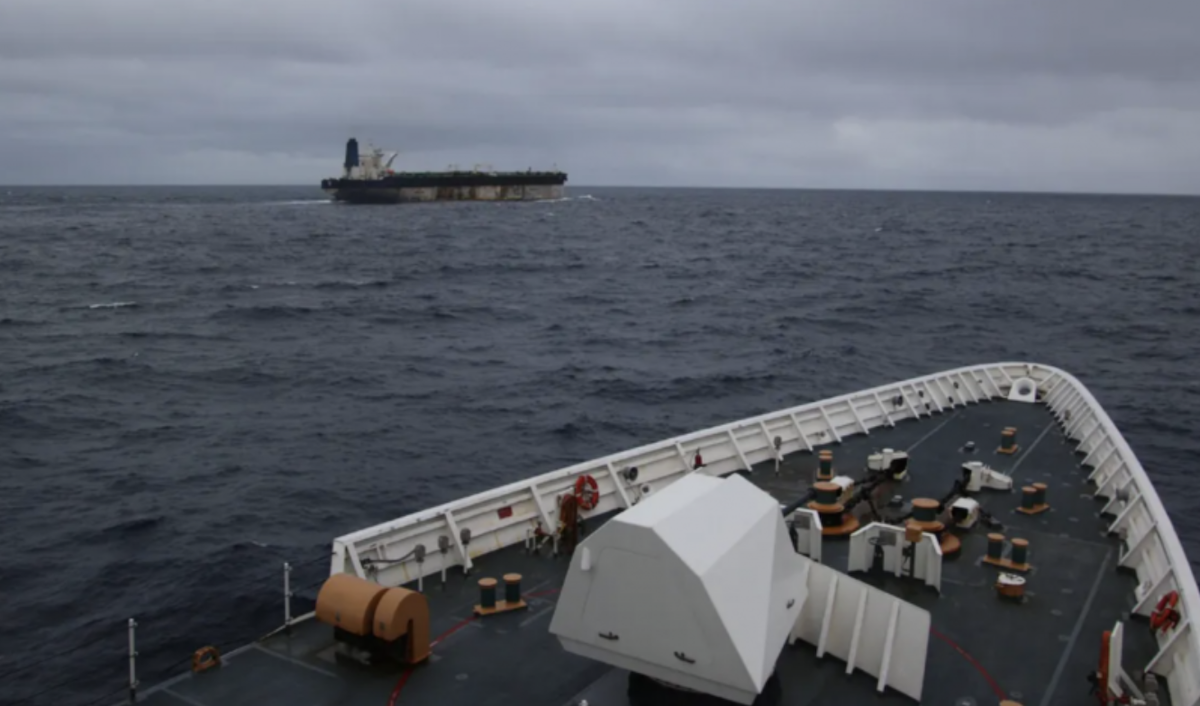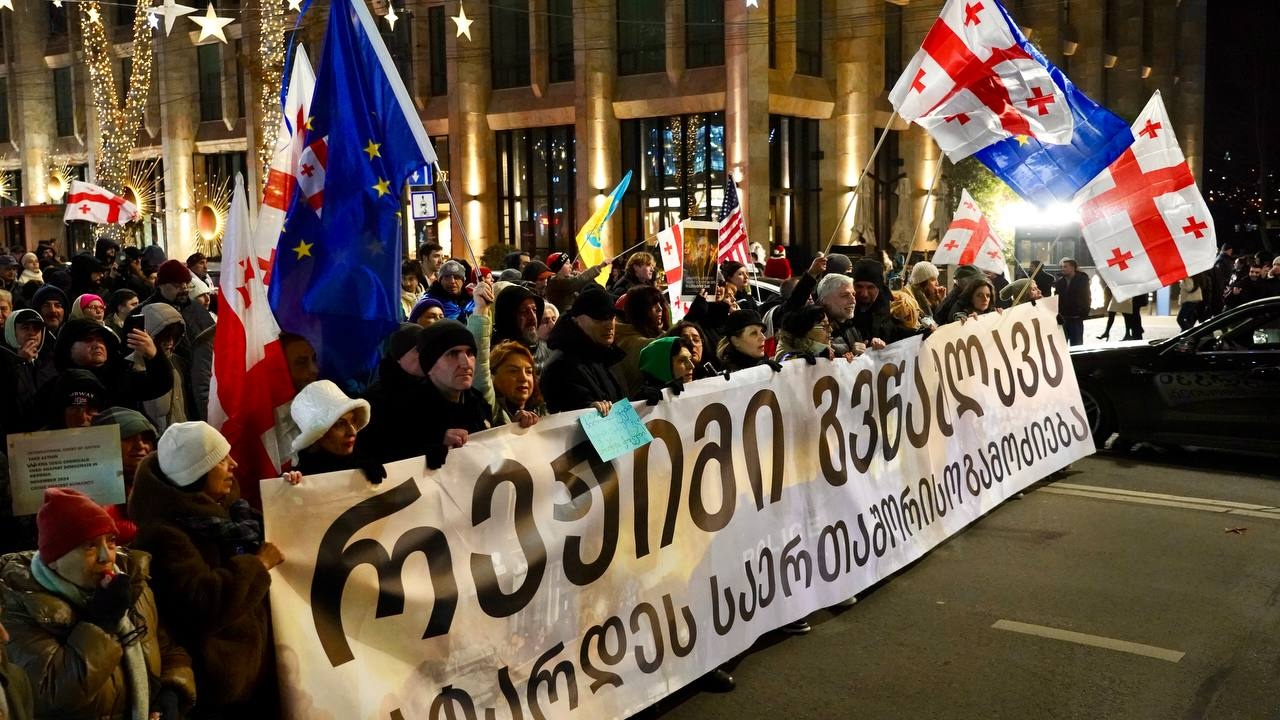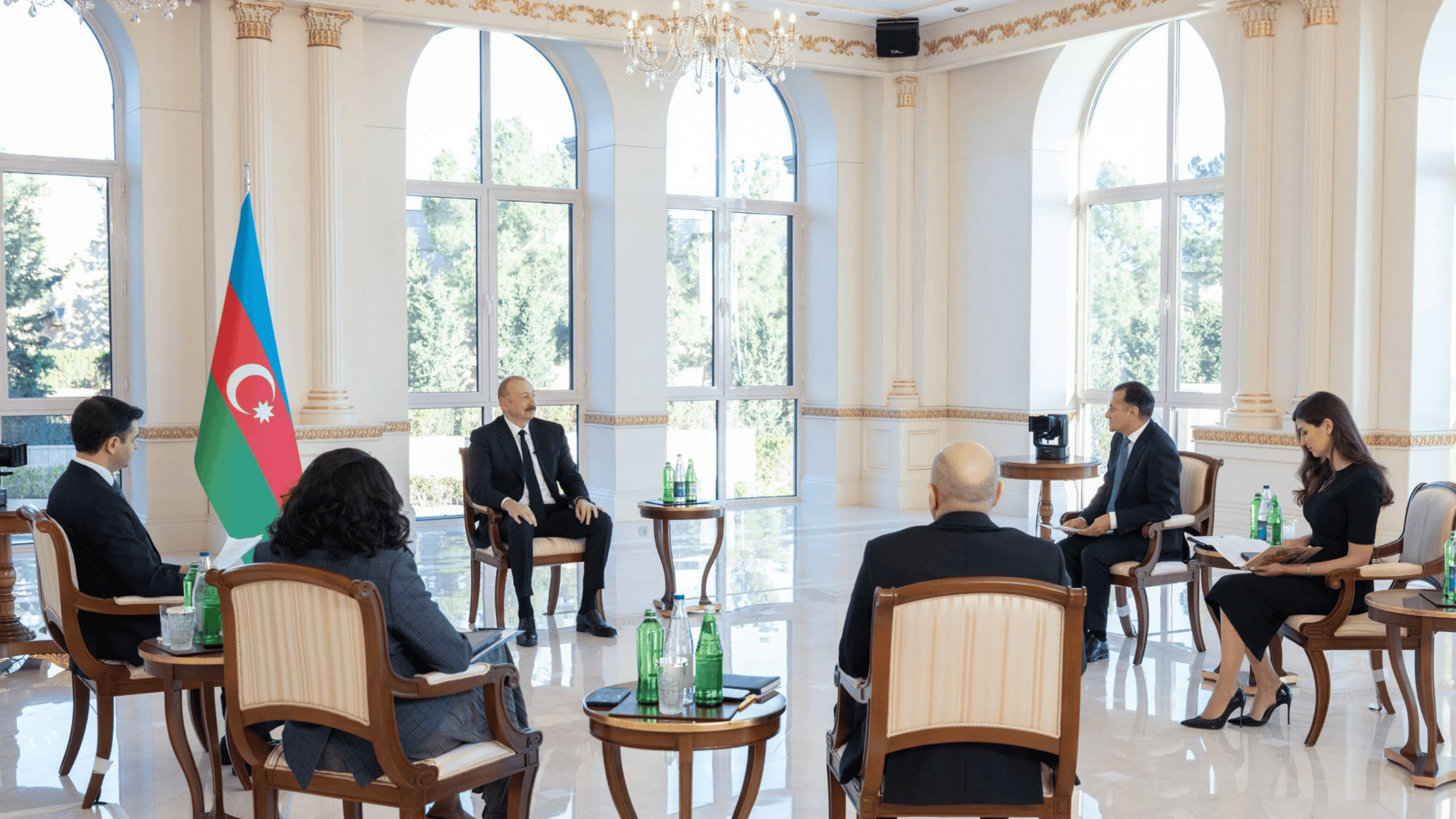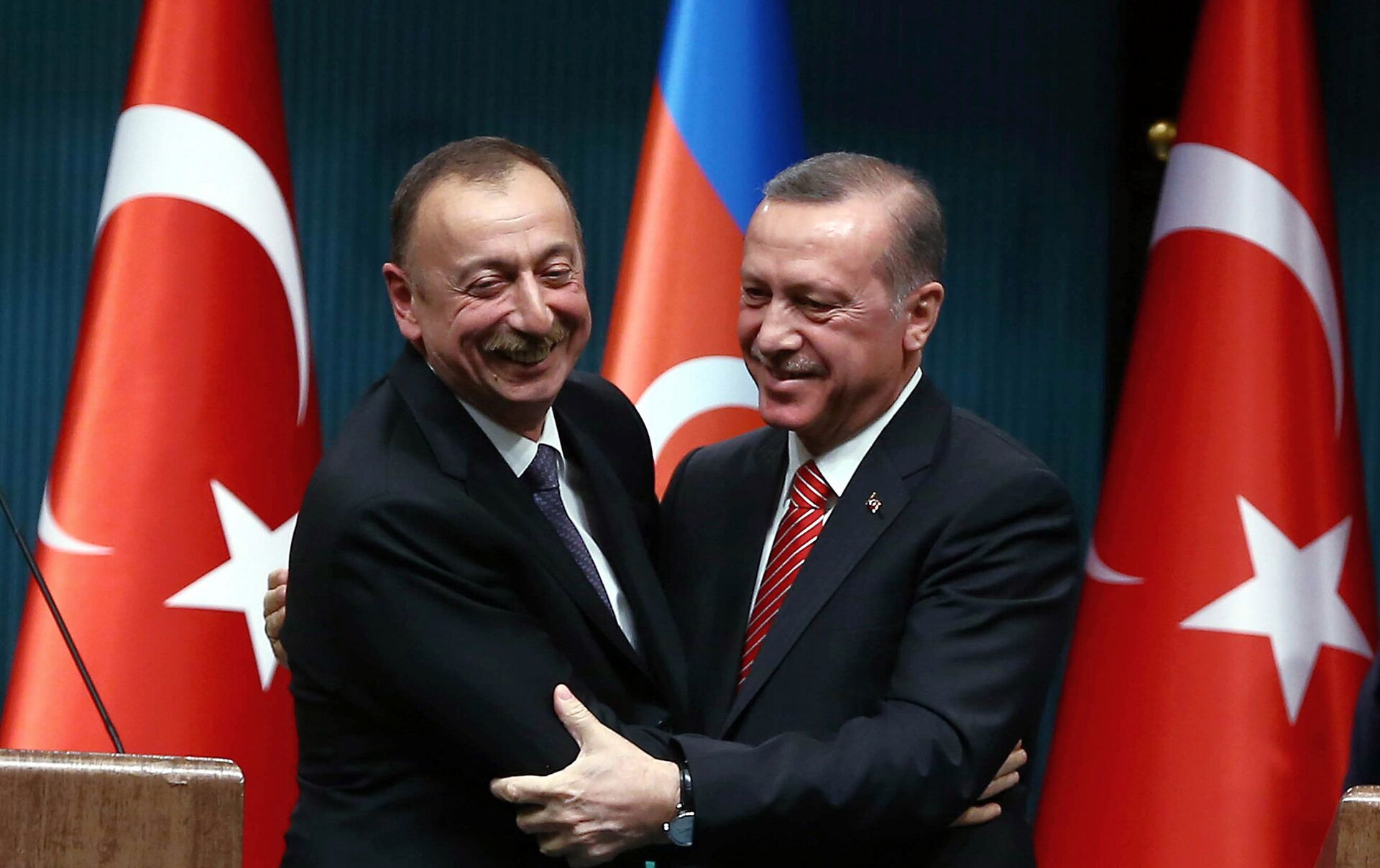Opinion: 'Turkey is trying to limit Armenia’s transit options'
Kars-Nakhchivan railway
Soon after Armenia and Azerbaijan reached an agreement to reopen a road dubbed the “Trump Route,” Turkey announced the start of construction of the Kars–Nakhchivan railway. The first rails have already been laid. The line is expected to pass into Azerbaijan through southern Armenia.
At the initiative of US president Donald Trump, a meeting was held at the White House on 8 August between the leaders of Azerbaijan and Armenia. During the trilateral talks, they agreed to reopen a route linking Azerbaijan with its Nakhchivan exclave via Armenian territory. The route would run through Armenia’s southern Syunik region, specifically via the city of Gyumri.
In Azerbaijan the road was previously called the “Zangezur corridor.” It is now being branded as the “Trump Route for International Peace and Prosperity” (TRIPP). The business management of the route is to be handed over to an Armenian-American company.
Armenian analysts argue that the former “power rivalry” in the region has now shifted into a “logistics battle.” They believe the goal of the Kars–Nakhchivan railway is to restrict Armenia’s transit options.
The project is expected to require around €2.5bn in investment, with funding from various international foundations.
Political analyst Areg Kochinyan said €2.5bn was a significant sum and argued that Armenia should present international partners with an alternative. He said the shortest route from Turkey to Azerbaijan does not run through southern Armenia but further north: Kars–Gyumri–Vanadzor–Ijevan–Gazakh–Baku. He explained that if the Kars–Nakhchivan line is built, “Turkey and Azerbaijan will only need the section of road through Meghri,” which would leave Armenia at a disadvantage.
Another analyst, Samvel Meliksetyan, claimed that the Kars–Gyumri–Vanadzor–Ijevan–Gazakh–Baku route is 150km shorter than the line to Nakhchivan promoted by Turkey. He added that the northern route would also be cheaper than the southern alternative.
Experts say many players could be interested in Armenia’s transit potential. They suggest restoring the country’s existing infrastructure, building new links and seeking international partners.
- “US backs both Armenia and Azerbaijan”: view from Yerevan
- “Trump Route” will create conditions for new investment in Armenia – economist
- ‘No third-party control’ – Armenian foreign minister on the “Trump Route” programme
- Pashinyan believes “Trump Route” will become a new component of Armenia’s security
Comments
Political analyst Areg Kochinyan
“The Kars–Nakhchivan railway essentially duplicates the existing railway in Armenia, which runs from Gyumri through Yerevan to Nakhchivan. It is the same project in every respect. The only difference is that one runs east of Mount Ararat, through Armenia, and the other west of Ararat, through Turkey.
If the Kars–Nakhchivan line is built, the dependence of regional states on Armenia will decrease sharply, along with Armenia’s transit potential. In that case, Turkey and Azerbaijan would need only the 40km stretch of railway running through Meghri.
Since we have already reached a basic agreement with Azerbaijan on operating the line through Meghri, our main concern now should be to bring Armenia’s infrastructure into working order as quickly as possible. We need to repair what has been damaged and build what is missing. In addition, we must move fast to ensure a transport link between Turkey and Azerbaijan across Armenian territory.
Armenia’s priority now should be to provide a solid alternative — and to do so without delay. We have that opportunity.
The land route Kars–Gyumri–Vanadzor–Ijevan–Gazakh is the shortest connection between Turkey and Central Asia, and therefore between Europe, Central Asia and China.
If we can open the borders and put our infrastructure in order, many players beyond Turkey and Azerbaijan will be interested in Armenia’s transit potential.
But if Turkey and Azerbaijan start creating problems — refusing to use the route themselves while blocking others from using it — Armenia will have no choice but to pull out of the programme to reopen roads through Meghri. If Meghri is the only opening, and nothing more, it is of absolutely no interest to Armenia.”
Political analyst Samvel Meliksetyan
“What makes this railway different from the ones that already exist? Railways in the South Caucasus are mostly single-track. Turkey is building a double-track railway, which means greater capacity.
The Turkish project is a high-speed line. In the end it will meet and intersect with a single-track line built in the tsarist period and modernised in Soviet times. That means its capacity will immediately drop.
To handle the same level of traffic — 15m tonnes a year — on the section running through Nakhchivan and Meghri to Baku, the railway would either have to be double-track, include additional engineering structures, or reroute the old line.
From a technical standpoint, the Turkish line is more modern and faster than any of the existing railways in the Caucasus region. But it will run into an older, slower line with limited capacity.
If political issues are not resolved — meaning if Azerbaijan and Turkey fail to reach an agreement with Armenia — there will be no stations along the route, and the railway will not be able to deliver the promised capacity. In that case, the 15m tonnes of freight a year they are projecting would not pass through southern Armenia.
The Turkish project is political. The routes through Armenia are geographical. And geography always wins in the end, because it is a permanent factor, while political factors change.”
Kars-Nakhchivan railway











